
Volunteers tagged more than 19,000 fishes in 2021.

Volunteers tagged more than 19,000 fishes in 2021.
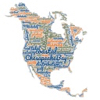
The 145 journal articles authored or co-authored by VIMS researchers in 2019 were talked about around the world. Here are the 15 that received the most "buzz."
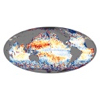
A new study in Nature provides an unprecedented, decade-long global view of the vertical migration of zooplankton. Knowledge gained will help refine global climate models.

US CLIVAR Program recognizes Dr. Molly Mitchell for her efforts to develop and share sea-level forecasts and other planning tools with coastal risk managers and emergency responders.

Judges reward the efforts of both Varun Natarajan of Maggie L. Walker Governor’s School in Richmond and Jacob Ward of Walsingham Academy in Williamsburg.
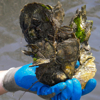
Oysters once dominated the Chesapeake Bay ecosystem, and it would be difficult, if not impossible, for the Bay to return to full ecological health without restoring its apex filterer.

The 2019 “dead-zone” report card for Chesapeake Bay indicates that the volume of low-oxygen, “hypoxic” water was on the high end of the normal range, a finding that scientists actually consider relatively good news given the unfavorable weather conditions.
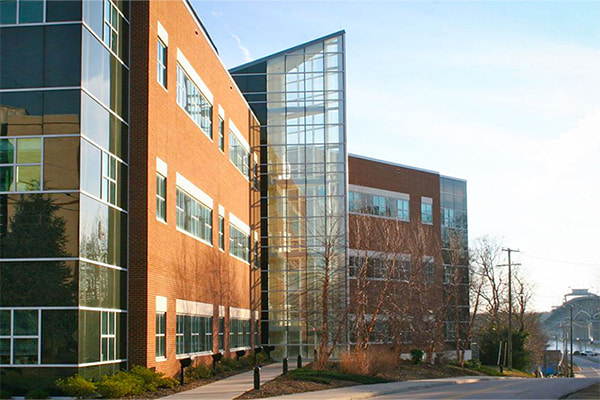
A field study by VIMS researchers shows minimal impacts from oyster aquaculture overall in the Chesapeake Bay, suggesting that low-density oyster farms located in well-flushed areas are unlikely to impair local water quality.
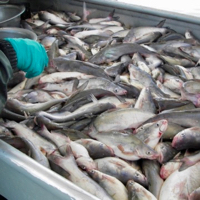
A new VIMS study warns that blue catfish may be able to expand their range downstream into mainstem Chesapeake waters, and from there into new Bay tributaries and even Delaware Bay.
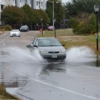
Event provides water-level data used to improve VIMS’ street-level inundation model and its predictions of coastal flooding in Hampton Roads.
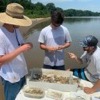
Researchers with VIMS' long-term survey recorded 9.54 young-of-year striped bass per seine haul in the Virginia portion of Chesapeake Bay during 2019, similar to the historic average of 7.77. The 2019 year class represents the group of fish hatched this spring that will grow to fishable sizes in 3 to 4 years.
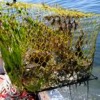
VIMS-led competition to develop “Crab Trap App” will empower students, engage citizens in reducing marine debris.
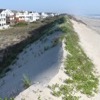
Team will help make the U.S. coastline more resilient by studying how natural and constructed dunes respond when impacted by coastal storms and rising seas.
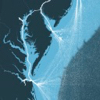
A myriad of federal, state, and local agencies test the state's blueprint for responding to a spill in the remote and sensitive region.

VIMS is part of a 5-year, $4.4 million grant to accelerate and localize selective breeding in support of oyster aquaculture.

Two VIMS research teams have won 2019 Governor’s Technology Awards for developing online tools that allow users to track water levels and assess the health of coastal wetlands.

View our Infographic to learn about the diversity and accomplishments of VIMS' 2019 matriculating class.
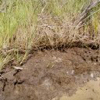
Grant will enable VIMS researchers to better track the amount of organic matter stored in coastal ecosystems. This “blue carbon” can help reduce the impacts of climate change by removing excess carbon dioxide from the atmosphere.
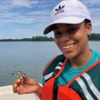
Thirteen undergraduates from across the nation spent ten weeks at VIMS this summer gaining experience in the field and laboratory as part of the 30th annual “Research Experiences for Undergraduates” program.

A scientific discovery in the French West Indies plus a shared history of environmental contamination has kindled a research partnership between VIMS and the Université Paris Saclay.
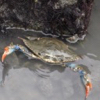
A study led by VIMS researcher Emily Rivest synthesizes the results of pioneering behavioral studies and provides a conceptual framework to help guide future research in this emerging field.
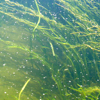
VIMS report estimates that 91,559 acres of underwater grasses grew in the Chesapeake Bay and its tidal tributaries in 2018. The acreage is likely an underestimate as rain, cloudy water, and security restrictions prevented collection of aerial imagery in many areas.

"PECASE" is the highest honor bestowed by the U.S. Government on scientists and engineers beginning their independent research careers.

World’s leading coastal research society honors Dr. Iris Anderson for her sustained accomplishments and important contributions to human understanding of estuaries and coastal ecosystems.
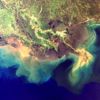
Dr. David Forrest adds to NOAA's multi-model forecast, which predicts a very large, rain-fueled low-oxygen zone in the Mississippi Delta.
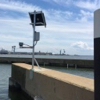
Support for projects pitched by researchers Derek Loftis and Lisa Kellogg will advance flood-detection technology, fishing app.
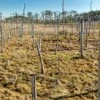
New paper in Nature Climate Change highlights growing recognition that existing knowledge is insufficient to best inform public and private decisions regarding the encroachment of wetlands into farm land and forests.

Six students take part in commencement ceremonies at William & Mary.

Professor Rob Hale will use stipend to engage students in field research and advisory service activities.
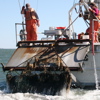
Results from the latest Winter Dredge Survey—conducted annually by VIMS and the Maryland DNR—show the Chesapeake Bay’s blue crab stock will be able to support quality commercial and recreational harvests.
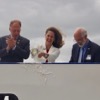
First Lady Pam Northam breaks the bubbly during a storm-tossed ceremony at the Yorktown waterfront.
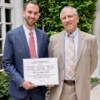
The Editorial board of Proceedings of the National Academy of Sciences bestows award on a paper authored by a multi-disciplinary research team led by Dr. Jonathan Lefcheck of VIMS.

More than 700 Catch the King volunteers surveyed a high tide in 2017, collecting a record-setting 59,718 measurements. All that data-gathering helped improve a tidal flooding forecasting model developed at VIMS.
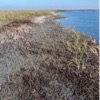
Repeated long-term sampling reveals the key role that marsh grasses play in the overall recovery of Gulf Coast wetlands.

Comprehensive analysis suggests that mangroves and seagrasses provide the greatest value as “nurseries” for young fishes and invertebrates, providing key guidance for managers of threatened marine resources.
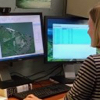
VIMS researchers have just finished the latest iteration of a suite of online maps that can show users the condition of the Bay shoreline along its entire length, an investment that has paid off in ways both expected and unforeseen.
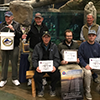
The Virginia Game Fish Tagging Program recognized the efforts of top taggers during its annual awards ceremony at Bass Pro Shops in Hampton on February 22.
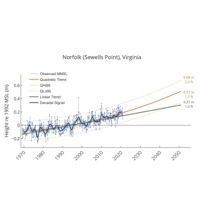
Interactive plots provide annual sea-level projections to 2050 for 32 localities along the U.S. coastline from Maine to Alaska.
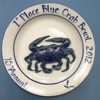
First-time competitor will move on to represent Virginia at the National Ocean Science Bowl in Washington, D.C. in April.
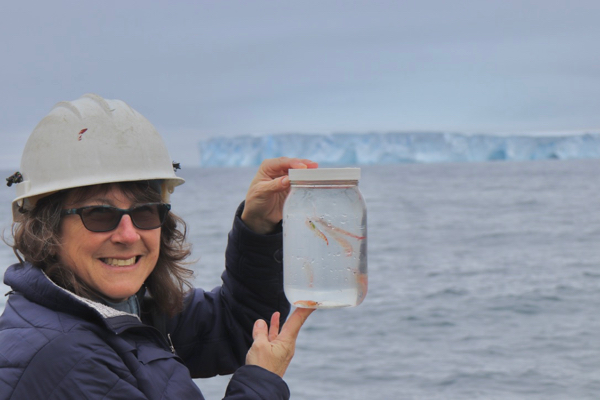
An analysis of 90 years of catch data from the South Atlantic Ocean shows that Antarctic krill are moving southward in concert with ocean warming, raising concerns for international fisheries managers.

Mail survey will ask local crabbers to share their opinions and experiences related to commercial hard crabbing and “ghost" crab pots; results will identify crabber preferences for hypothetical activities and incentives that could help reduce impacts in Virginia’s waters.

Northam's appointment marks Haven’s fifth consecutive term on the Chesapeake Bay Program’s Scientific and Technical Advisory Committee.

A study initiated by Dr. Ryan Carnegie of VIMS reveals that oyster aquaculture can limit the spread of disease among wild populations of the tasty bivalve. The findings counter long-held beliefs that diseases often spread from farmed to wild populations.